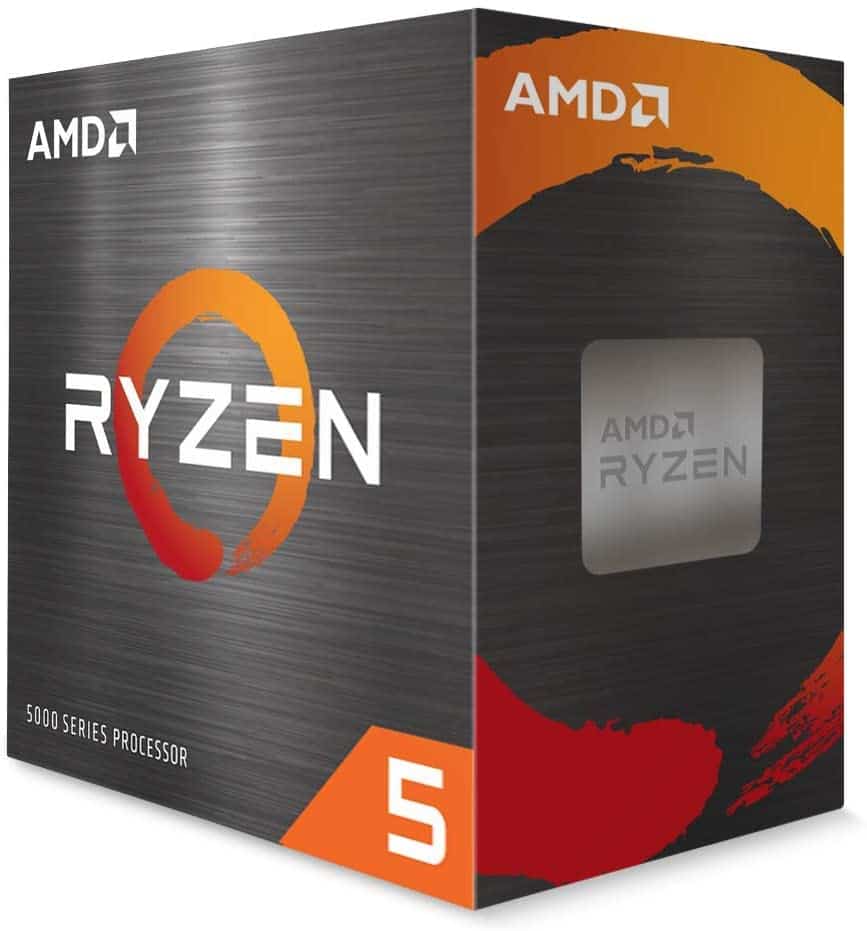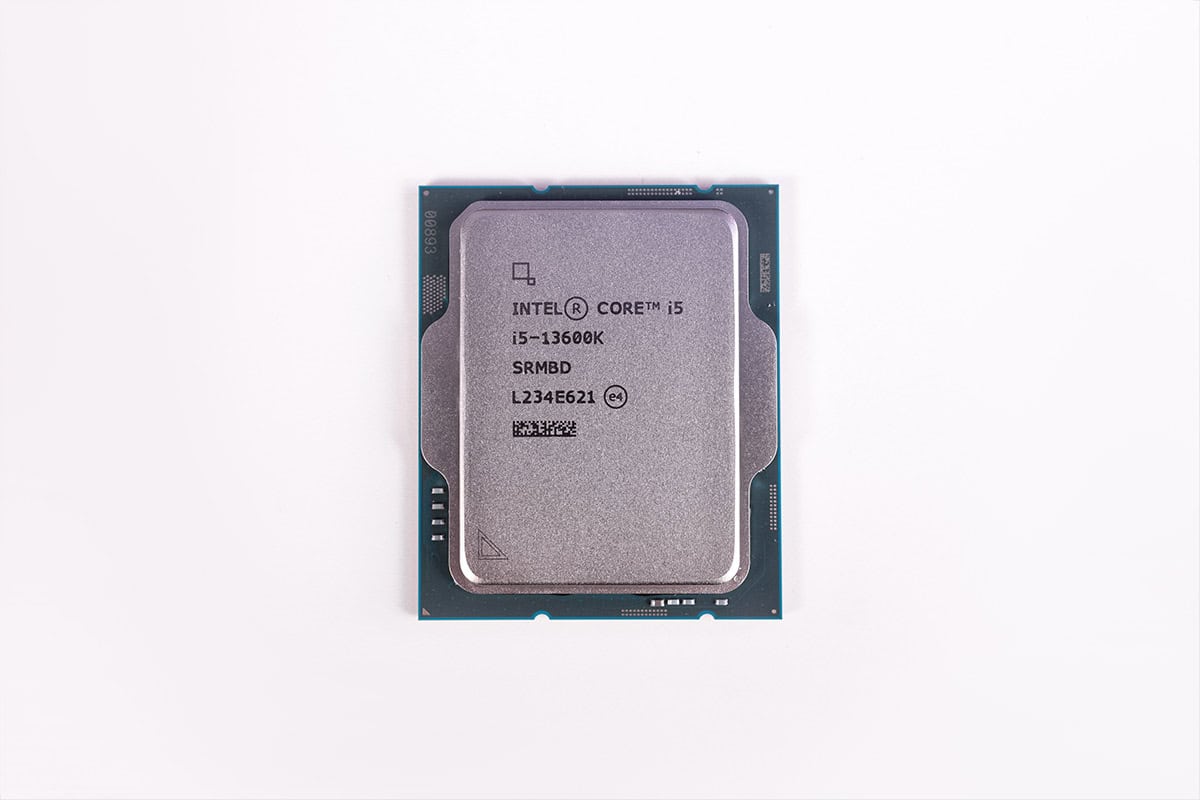Ryzen 5 9600X vs. Ryzen 5 7600X: budget against budget, which one provides more value?
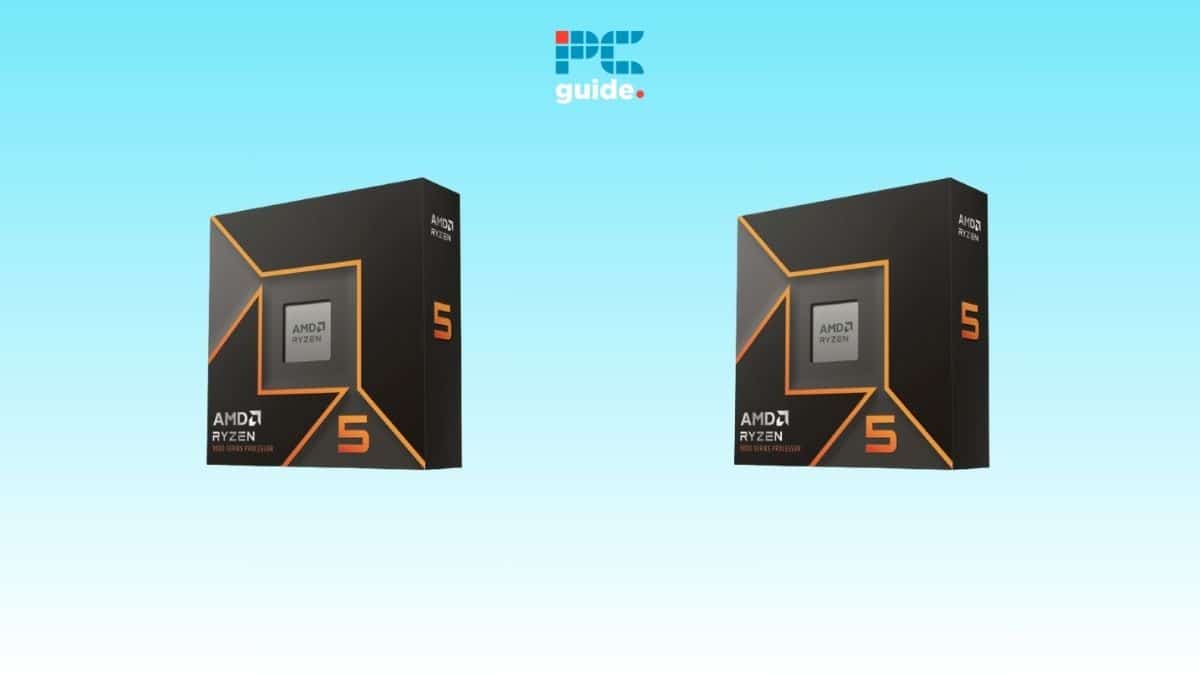
Table of Contents
The entry-level CPU in the 9000 series, the Ryzen 5 9600X was launched on August 8th, and it is currently available for purchase on Amazon. Plus you can read our 9600X review if you want to find out if it’s worth your time and money.
Since AMD showcased the performance increase that comes with the Zen 5 architecture, many of us have wondered the same thing: Is that performance difference significant enough to warrant an upgrade, or would the 7000 series processors be more than enough for a couple more years?
In this scenario, we're comparing the entry-level chips of these two generations to see which wins and whether you should invest in replacing your Ryzen 5 7600X with a Ryzen 5 9600X.
AMD Ryzen 5 9600X
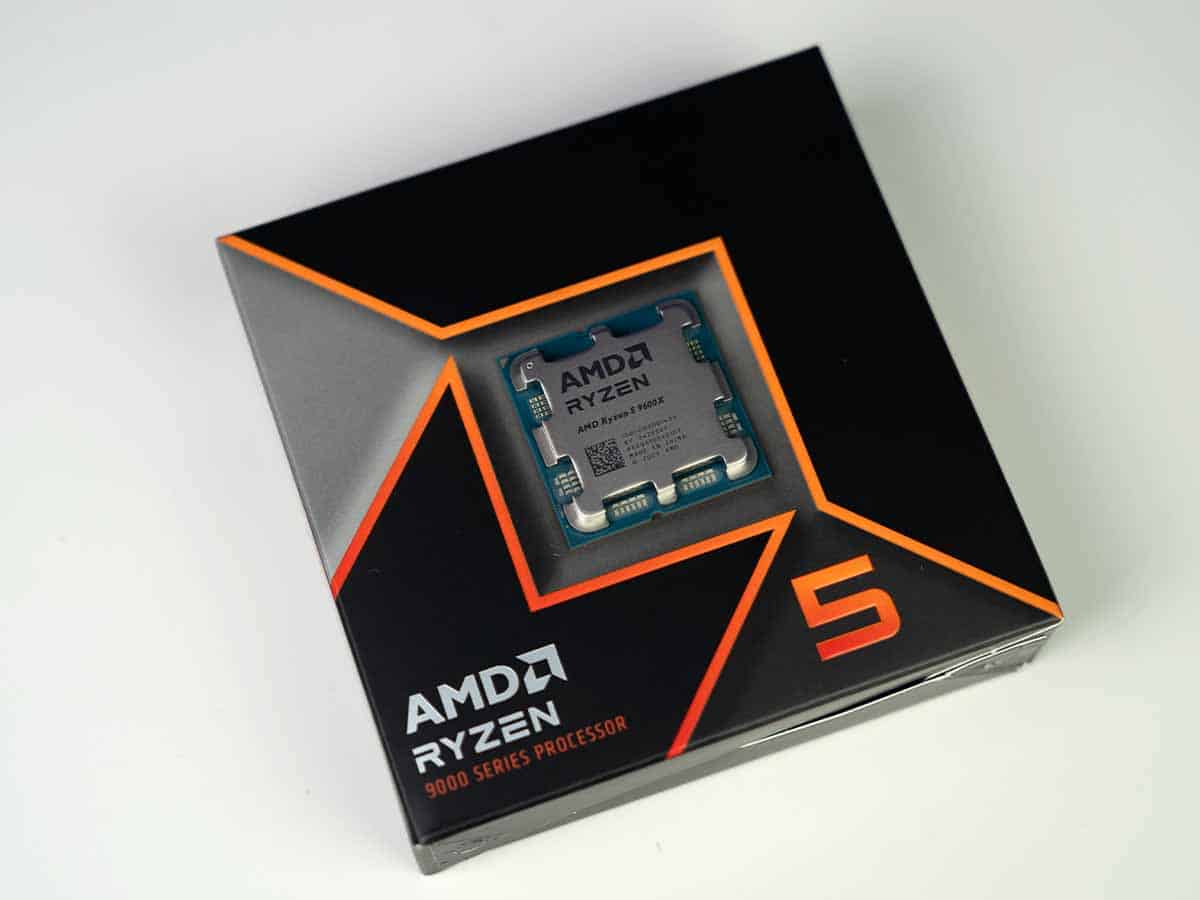
Cores
6
Threads
12
Boost clock speed
5.4 GHz
Base clock speed
3.9 GHz
L3 Cache
32 MB
TDP
65 W
Platform
AMD Socket AM5
Shop on Amazon
CHECK PRICEAMD Ryzen 5 7600X
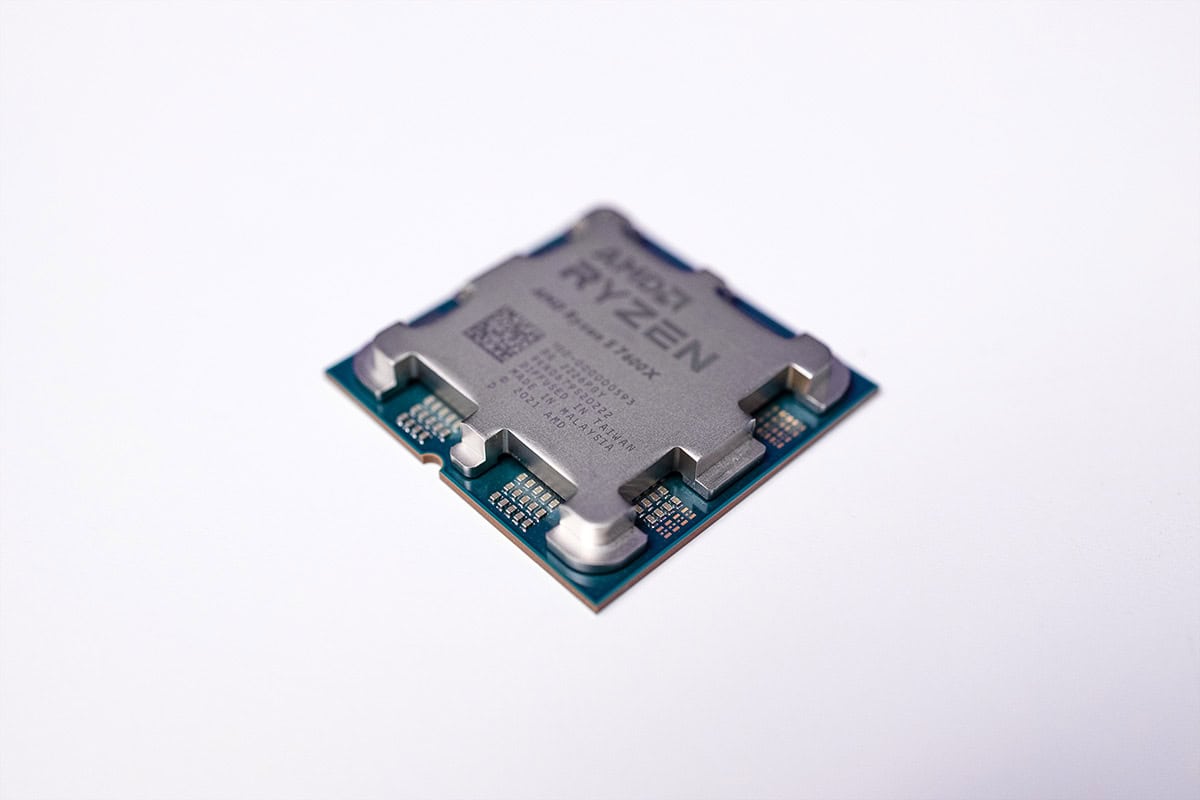
Cores
6
Threads
12
Boost clock speed
5.3 GHz
Base clock speed
4.7 GHz
L3 Cache
32 MB
TDP
105W
Platform
AMD Socket AM5
Shop on Amazon
CHECK PRICESpecifications
To see the hardware difference between the two processors, we've listed their specifications below.
| Specifications | Ryzen 5 9600X | Ryzen 5 7600X |
| Architecture | Zen 5 | Zen 4 |
| Socket | AM5 | AM5 |
| Process | TSMC 4nm FinFET | TSMC 5nm FinFET |
| Cores | 6 | 6 |
| Threads | 12 | 12 |
| Base clock speed | 3.9 GHz | 4.7 GHz |
| Boost clock speed | 5.4 GHz | 5.3 GHz |
| L3 Cache | 32 MB | 32 MB |
| TDP | 65W | 105W |
| Integrated graphics | AMD Radeon Graphics | AMD Radeon Graphics |

At first glance, there doesn't seem to be much difference between the 9600X and the 7600X because they have the same number of cores, threads, and cache. However, if we look closely, there are some pretty significant differences, such as power consumption, architecture upgrades, and clock speeds.

Foundations and cores
The main difference between these processors is their architecture. The 9600X is based on Zen 5, whereas the 7600X runs on Zen 4. While a simple architecture change might not sound like a big deal, it is very significant because the Zen 5 CPU has 4nm CPU processing powering its operations compared to 5nm in the 7600X.
To put it simply, 9600X has more transistors on each core, which means it is more efficient as the workload is further divided and more instruction cycles can be executed per cycle/clock. We'll explain how clock cycles impact processing speed in the next section.
So, while they both have the same cores and threads, the 9600X has the edge in processing efficiency and the ability to handle more load due to its smaller CPU processes.
Clock speed
The clock speed is how fast a CPU can complete an instruction; this is the process of the CPU calling for the data, the data arriving, being worked on, and going out as the final output. This 7600X has a 0.8 GHz faster base clock speed than the 9600X, while the 9600X has a 0.1 GHz lead in boost clock speeds. You can always bring these numbers up by overclocking, but that will also increase the TDP and thermal output. So, we recommend the best CPU cooler to keep your processor tame.
To put things into perspective, 3.9 GHz means the 9600X can execute 3.9 billion instructions in a second, and the 7600X can process 0.8 billion more. However, as previously established, the Zen 5 core is stronger and more efficient; it is unlikely that this edge means the 7600X would outperform the 9600X. So, this is another win for the newer generation.
Cache and TDP
The cache is where frequently accessed data is stored, and it has three levels: L1, L2, and L3. The lower the number, the smaller its capacity, but the closer it is physically to the CPU. Both processors have a 32 MB L3 cache, but with the Ryzen 9000 CPUs, the cache has received a rework. AMD doubled the bandwidth of the cache, which means faster processing and more room for the data to travel.

As for the TDP, the 7600X seemed like an outlier with a TDP of 105W, whereas the “600X” processors from AMD were used to seeing a low TDP of 65W. However, we saw this return with the 9600X, as it has a 65W TDP, making it more energy efficient. Combined with its processing prowess, it sounds like a win-win situation. So, the 9600X is the better CPU in both these aspects and the better choice.
Graphic capabilities
The 5600X didn't have integrated graphics, but this was changed with the 7600X, and it’s the same case for the 9600X. Both Zen 4 and 5 processors come with AMD Radeon graphics with a 2200 MHz turbo clock.
This should be enough to boot up your system without needing a dedicated GPU and complete basic tasks like documenting, using the Microsoft Office suite, playing solitaire, or watching the top 10 science facts at 3 a.m. So, it’s a stalemate in this domain, but pairing either of these processors with a dedicated GPU is the way to go for high FPS gaming. We recommend the best GPU for 7600X to ensure a streamlined gaming experience.
Pricing
The Ryzen 7600X can be purchased right now for $194.99 on Amazon. On the other hand, the Ryzen 9600X, which offers the latest Zen 5 architecture, comes with a price tag of $279. So, the two have a price difference of around $84.
How have these CPUs changed from the previous generations?
| Specifications | 9600X | 7600X | 5600X | 3600X |
| Cores | 6 | 6 | 6 | 6 |
| Threads | 12 | 12 | 12 | 12 |
| Cache | 32 MB | 32 MB | 32 MB | 32 MB |
| Max boost clock | 5.4 GHz | 5.3 GHz | 4.6 GHz | 4.4 GHz |
| Base clock speed | 3.9 GHz | 4.7 GHz | 3.7 GHz | 3.8 GHz |
| TDP | 65W | 105W | 65W | 95W |
| Architecture | Zen 5 | Zen 4 | Zen 3 | Zen 2 |
We can see in the table above that the “600X” processors have the same core count, threads, and cache. Where they differ is their architecture, TDP, and clock speeds.
The 9600X has the highest boost clock speed, while the 7600X takes over with the highest base clock speed. We see three instances of 65W TDP, with the outlier being the 7600X, which has a 105W power draw, which didn't make sense at its release and doesn't make sense now.
That said, the 9600X has the powerful Zen 5 architecture on its side, and you can take it to the next level by overclocking it without overly increasing its TDP compared to the 7600X. However, just to be on the safe side, we recommend using the best power supply to ensure that your rig is getting all the juice it needs to power your digital adventures.
Alternatives to the 9600X and the 7600X
There are some processors that you could opt for instead of the 9900X and the 7900X, and we've listed them below. We've reviewed some of these alternative options, and you can also check out their in-depth reviews.
-
-
Intel Core i5-13600K
- Cores: 14 (6P-8E)
- Threads: 20
- Boost speed : P-Core 5.1GHz / E-Core 3.5GHz
- Base speed: P-Core 3.5GHz / E-Core 2.6GHz
- L3 Cache: 24MB
- TDP: 181W
Which one is right for you?
The quick answer to this question is whichever one you can afford, but there are some factors you can consider that can help you make a decision. If you're on the AM4 platform and want to make the jump to AM5, it could be worthwhile to wait for the Ryzen 9000 processors to drop. The prices for the 7000 CPUs could drop, giving you an opportunity to get the next-gen chips for cheaper.
However, if you're already on the AM5 platform and have the 7600X in your system, you need to consider whether it is worth it to pay over $300, as some leaks suggest, for a 14% performance increase. You'd be moving from a six-core CPU to a six-core CPU, although the 4nm process technology of the 9600X should provide an edge. Maybe saving up for a 9700X or even a 9900X would be the way to go in this case.
To get more insight into this matter, I reached out to our go-to hardware experts, Jack Howarth and Seb Kozlowski, and this is what they had to say:
The 9600X is on the budget side of the 9000 series, but don’t let that fool you into thinking it’s bad. This Zen 5 CPU is far more efficient than the 7600X, having both a lower TDP and PPT all while managing o have the same number of cores. More powerful cores at that, thanks to an estimated 16% IPC increase, according to AMD.
These impressive specifications doesn’t make the 7600X obsolete, however. If you need a CPU that can get the job done, that is fairly cheap nowadays, and can be used on the same platform as the 9600X, then this might be the CPU for you.
It won’t be quite as good, or as efficient as the 9600X, but if you don’t care about that, and don’t need quite as much processing power, you could potentially save yourself a decent chunk of cash.
Jack Howarth
At the lowest tier of AMD CPUs, there is a focus on budget and keeping prices low while coming in with a strong gaming performance still. Which is why the six core CPU is a great choice for powering a low end build. But what is the difference between the generations?
Well the 9600X enjoys the advantages of an advanced processing node and so with the 4nm TSMC process it fits more transistors on the die. That leads to a higher performance but also does so with a 40W lower TDP, making it an even stronger value pick as you get more for the money. As long as the price is the same as the 7600X that had an MSRP of $299, so if the 9000 matches that, it makes it a top pick for the low end.
Seb Kozlowski


